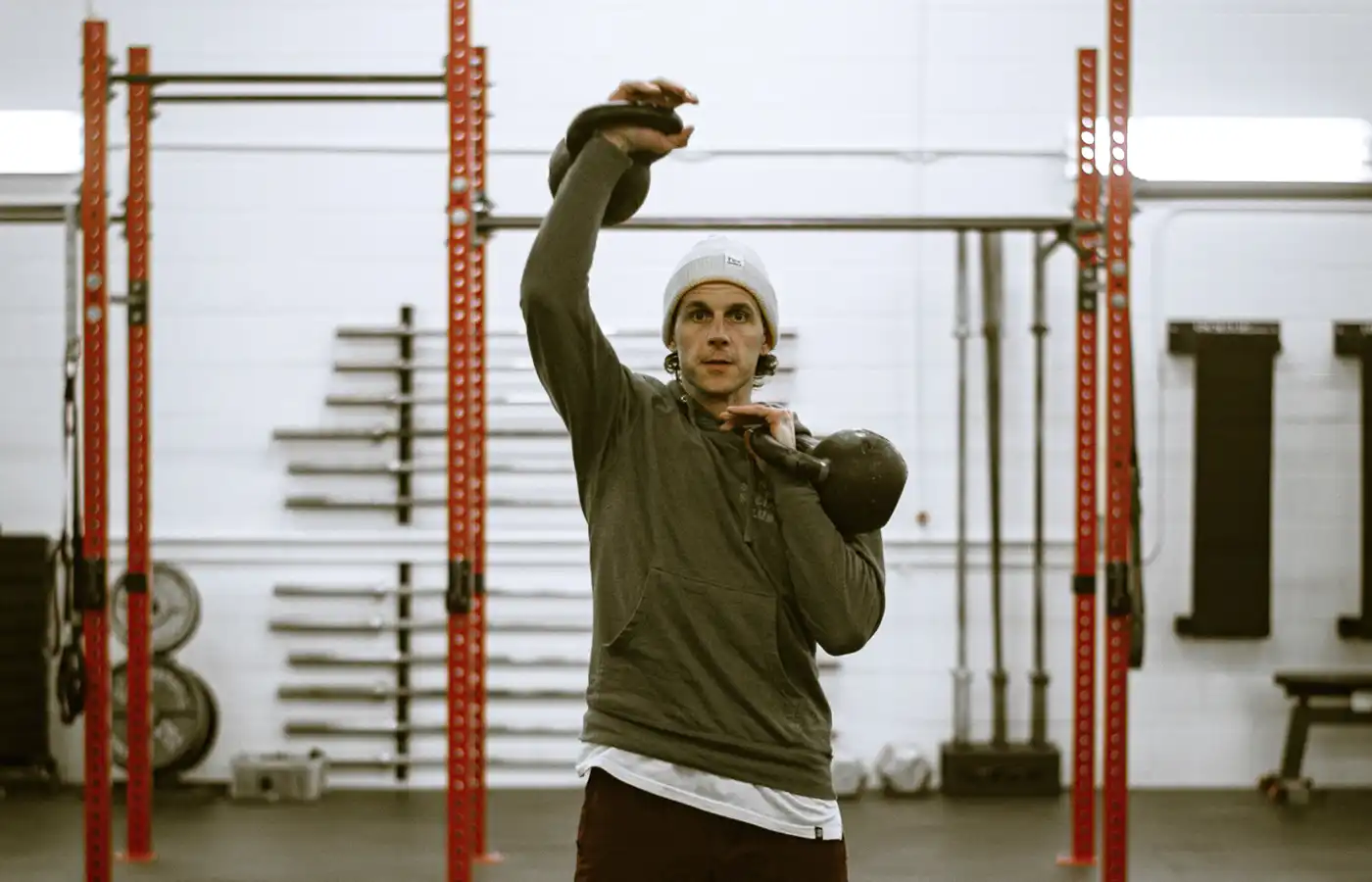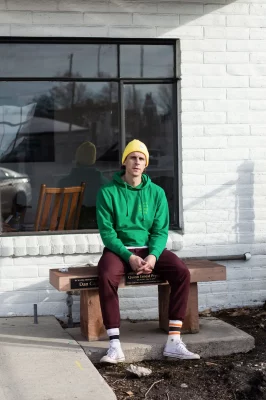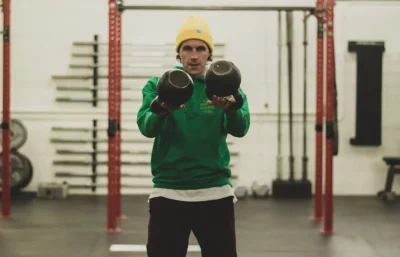
Fit to Recover: A Community for Lasting Change
Activism, Outreach and Education

Fit to Recover is making lasting sobriety a reality for those in recovery by providing a place for members of the recovery community to gather, get vulnerable, get creative or break a sweat. This nonprofit is built on four pillars—nutrition, creative arts, fitness and community service. What started as a Facebook invite to an exercise “boot camp” in Sugarhouse Park in 2013 has snowballed into a full operation that opens its arms to the addiction and recovery community with love.
FTR’s Founder and Executive Director, Ian Acker, is in recovery, describing it as an everyday battle where you choose sobriety each day. When Acker left recovery programs after getting sober, he found he was spun around and thrown back into “regular life,” which made it hard to maintain the changes and keep distance from substances. “The motivation for me was to make this something accessible to as many people as we could because I saw a need for it. I went to treatment a number of times, and every time I got out of treatment, I didn’t know where to go,” Acker says. “What I found is you need connection [and] to stay plugged in to some sort of recovery, whether that’s meetings [or] therapy.”
“I think people in recovery are incredibly creative—they just don’t know where to put their creativity.”
These connections can include making new friends, exercising or learning new skills. FTR members might be in class painting, exercising or learning how to make music on studio equipment. Acker says these activities give members more confidence in themselves and their ability to stay sober. He compares this to the feeling of eating a meal you have cooked yourself versus a take-out meal, describing these acts as “esteemable.” “The more ‘esteemable’ acts you do and the more times you give back [or] help somebody, the more confidence you get,” Acker says.
FTR’s fitness programming is built around the needs of the community—all of the curriculum is trauma informed and designed to help members battle addiction. Acker says, “The first part is connection, the middle part is empowerment and the last part is accountability. It’s all programmed with barbells, kettlebells, bodyweight and it gives everybody an opportunity to finish what they started. So, people aren’t timed.” The exercise classes often include lots of partner exercises that foster connections and friendships.
FTR’s creative arts pillar draws dozens to weekly art groups where members check in with each other, explore their emotions and share their feelings over paint canvases or through song and poetry. “I think people in recovery are incredibly creative—they just don’t know where to put their creativity,” Acker says. “It’s unbelievable what is misplaced in drugs and alcohol [or] crime. If you give somebody a blank canvas, it’s amazing what they create.”

FTR’s biggest priority is nurturing emotional safety—if people don’t feel safe, they don’t connect. “If they don’t connect, they disengage; if they disengage, they feel isolated, [then] they get depressed. The whole root of this place is to be inviting enough that you feel like you can take your guard down and connect with other people,” he says.
“The motivation for me was to make this something accessible to as many people as we could because I saw a need for it.”
FTR aims to keep membership options accessible. The full membership, which grants access to all classes, groups and programs, is $40/month, while if someone only wants access to the creative arts program alone, it costs $10/month. FTR also offers Nicholas Zurn scholarships, which cover a month of programming.
FTR’s new facility in South Salt Lake (1335 S. Major St.) opened on Jan. 7. The new location has two separate buildings, giving each pillar its own space and priority. Although the gym has just opened its doors, Acker is always looking ahead. His long-term investments and goals are to build community support in the ballpark area and Major street with accessible, neighborhood-run food trucks, cafes, a workforce services location and housing.
To check out FTR’s programs, purchase a membership or learn more, head to the organization’s website, fit2recover.org. Keep up with them on Instagram at @fit_2recover.
Read about more community-building efforts in Salt Lake City:
Creating Community at Strength in Shades
Salt Lake Area Queer Climbers: Re-Defining What It Means to Take Up [Outdoor] Space
